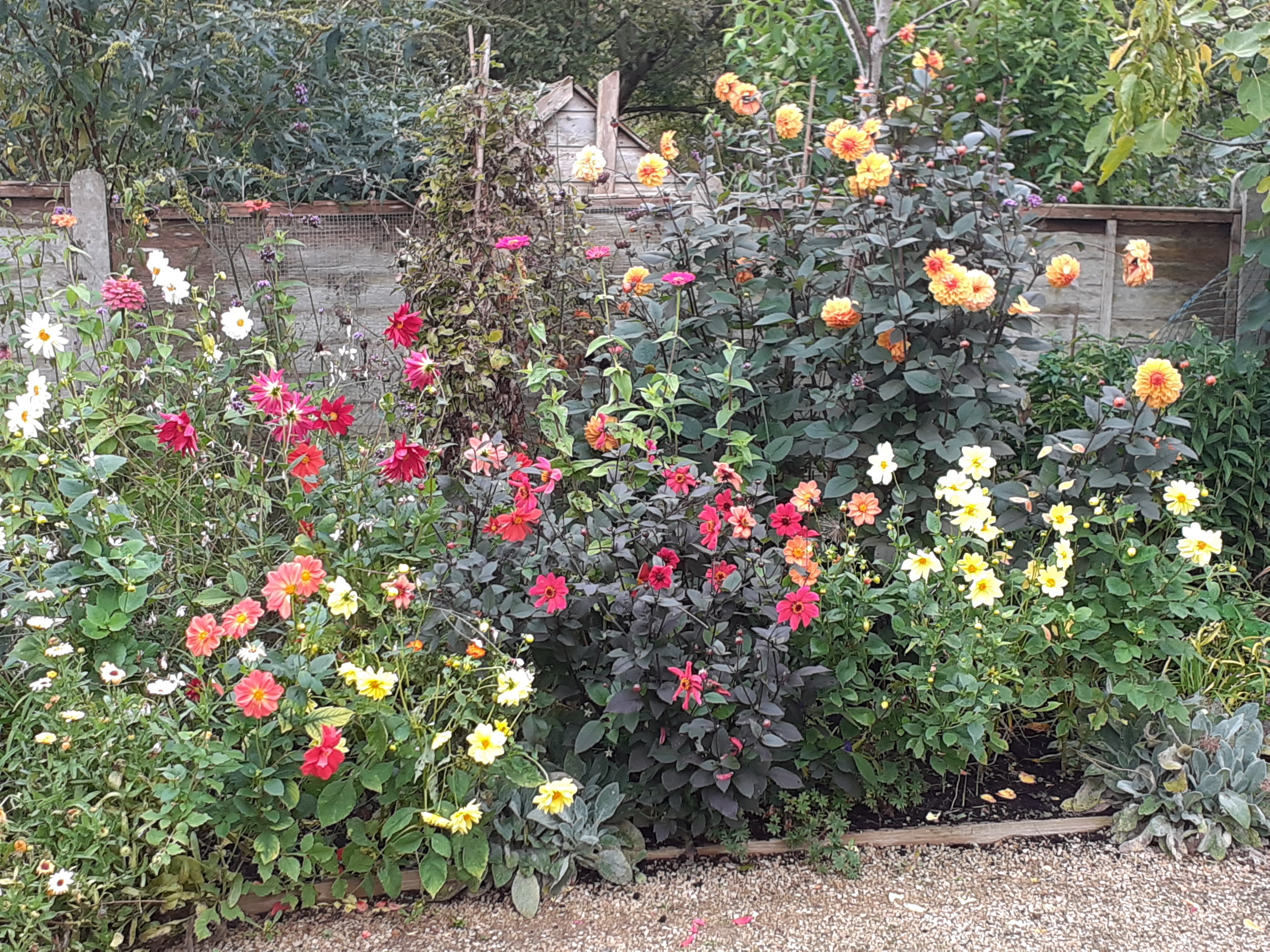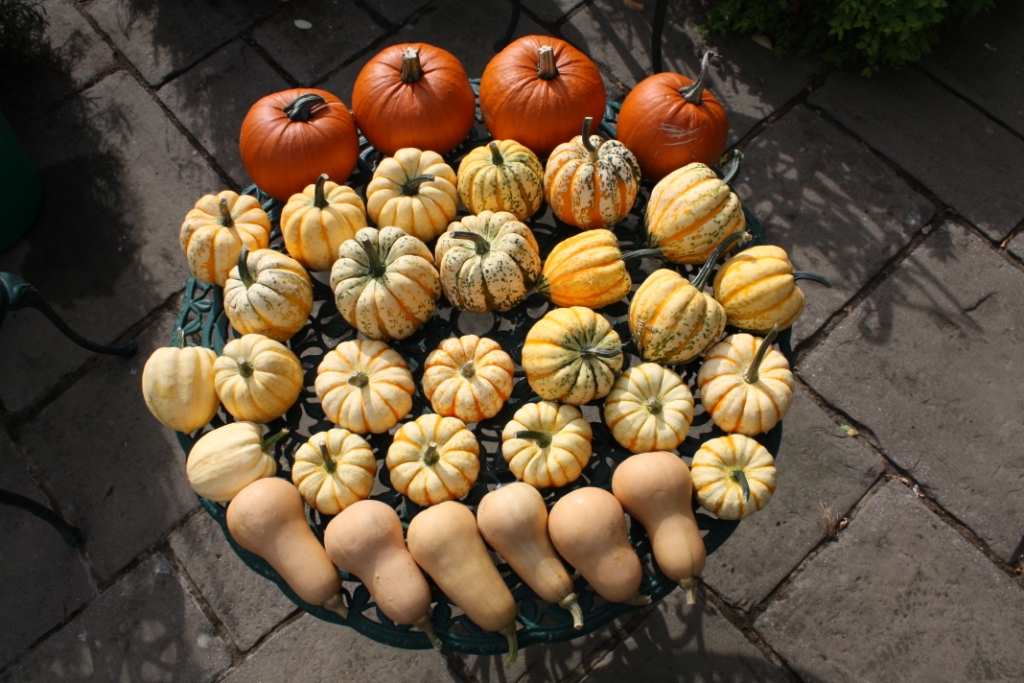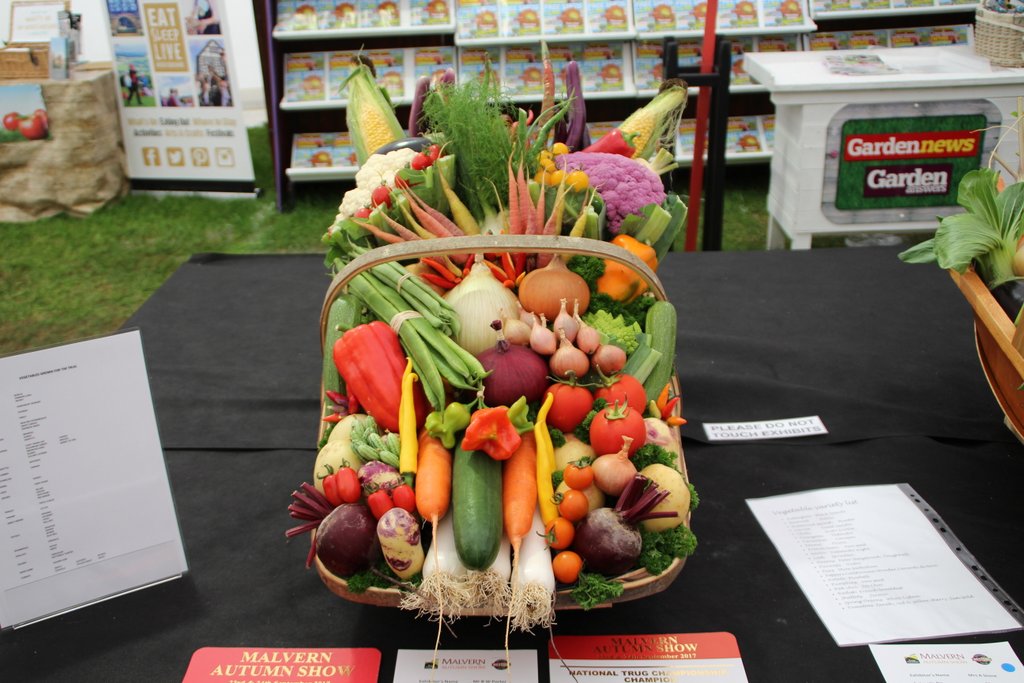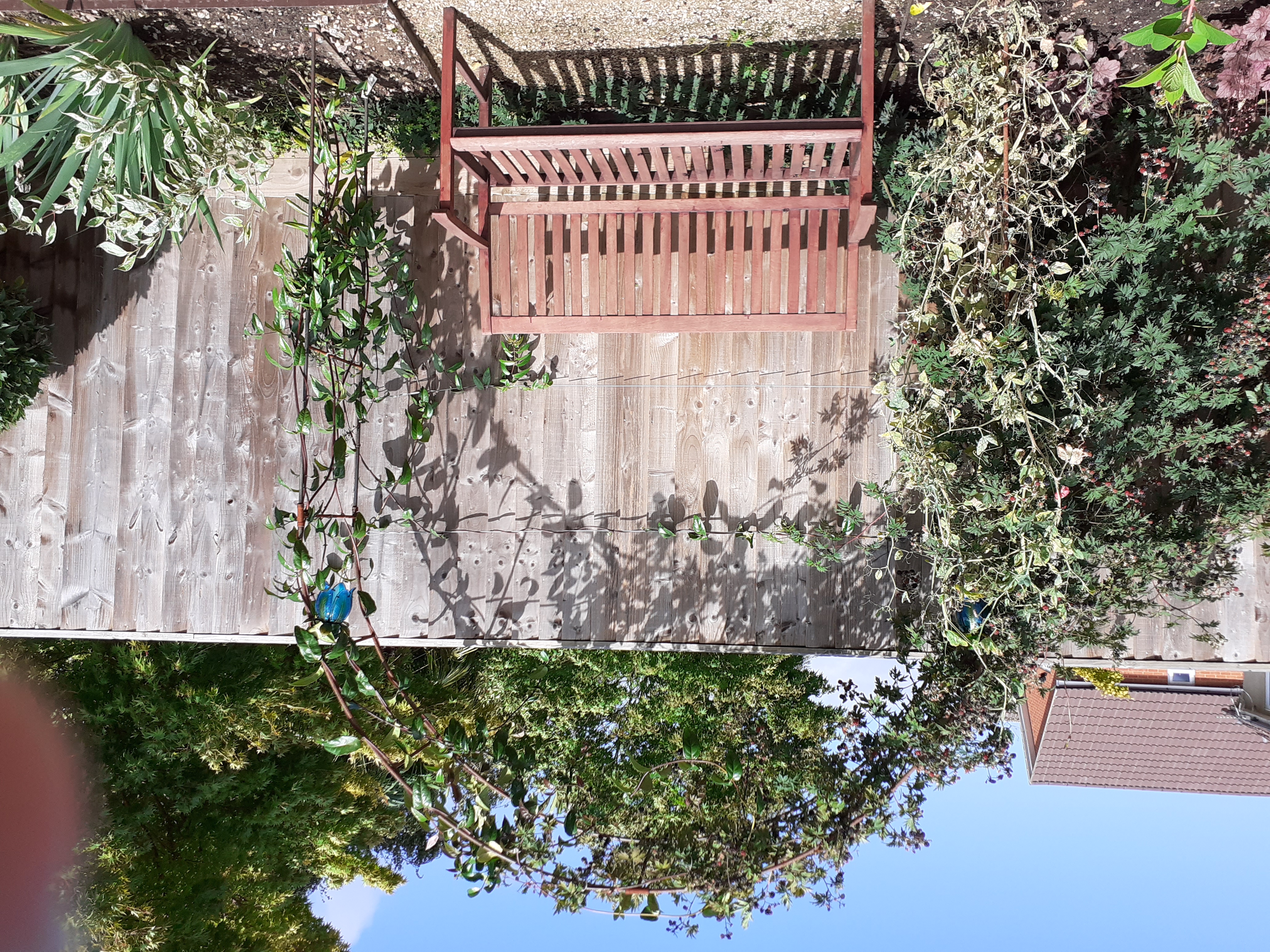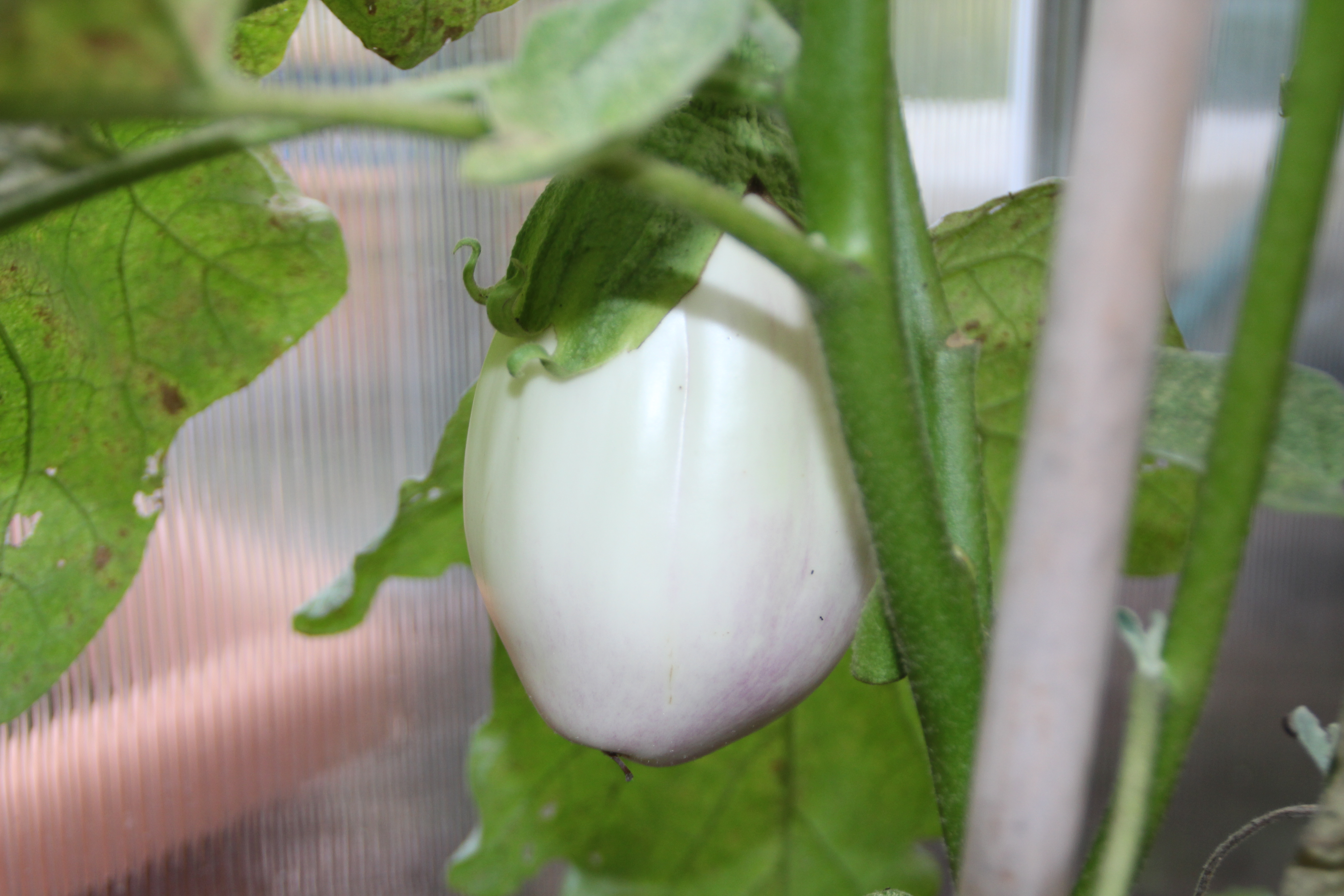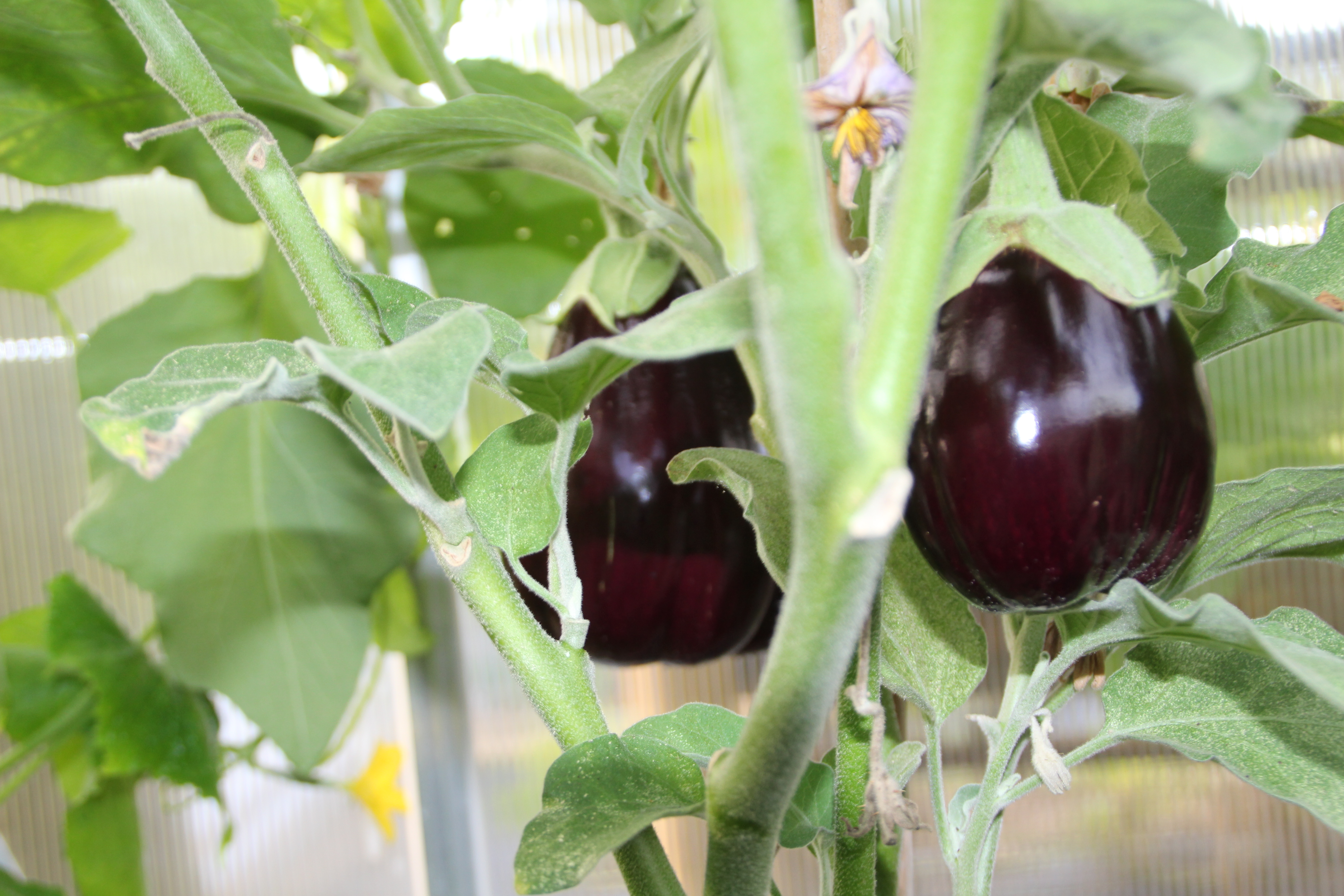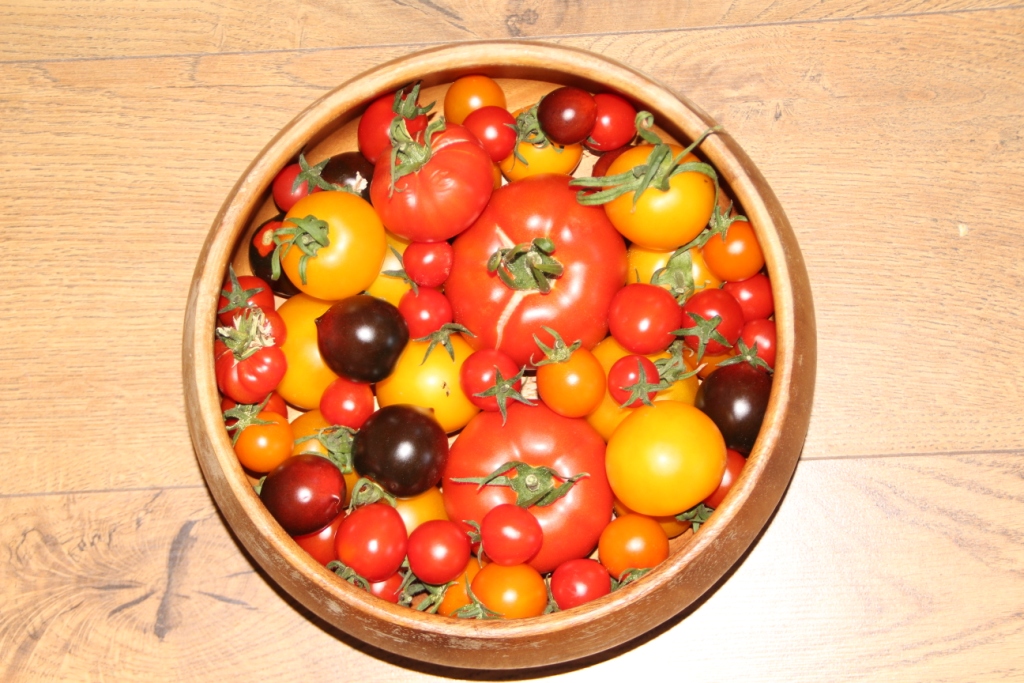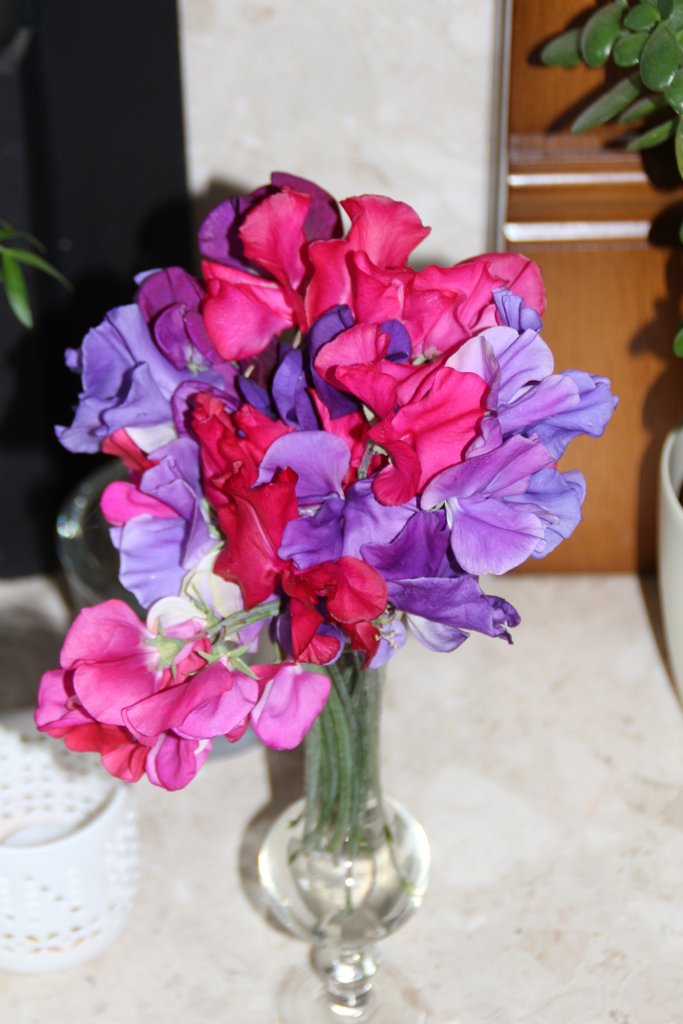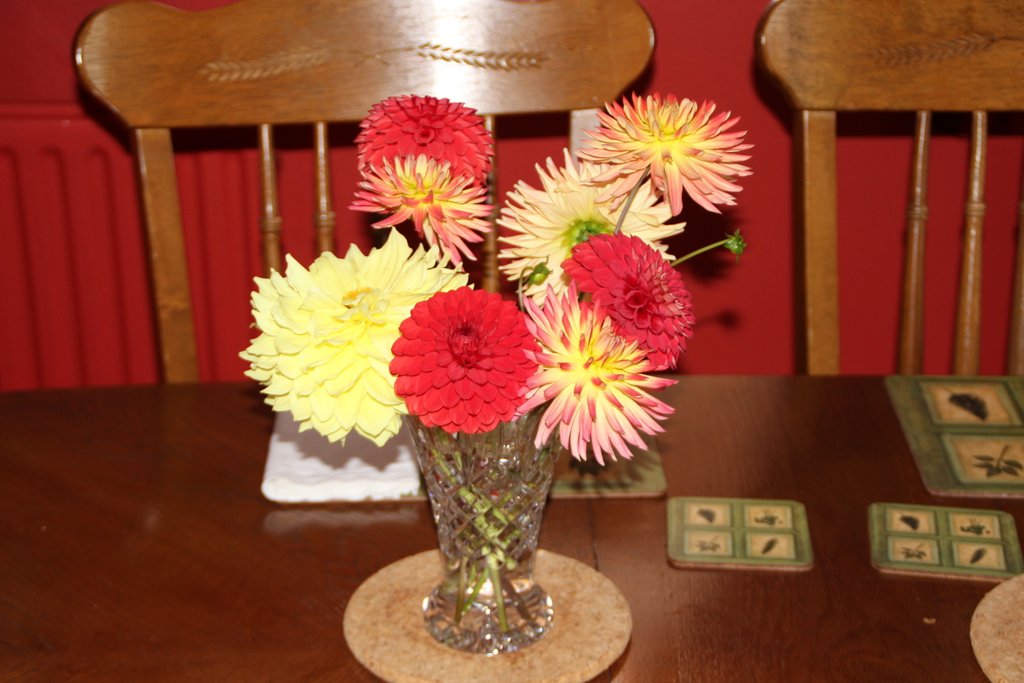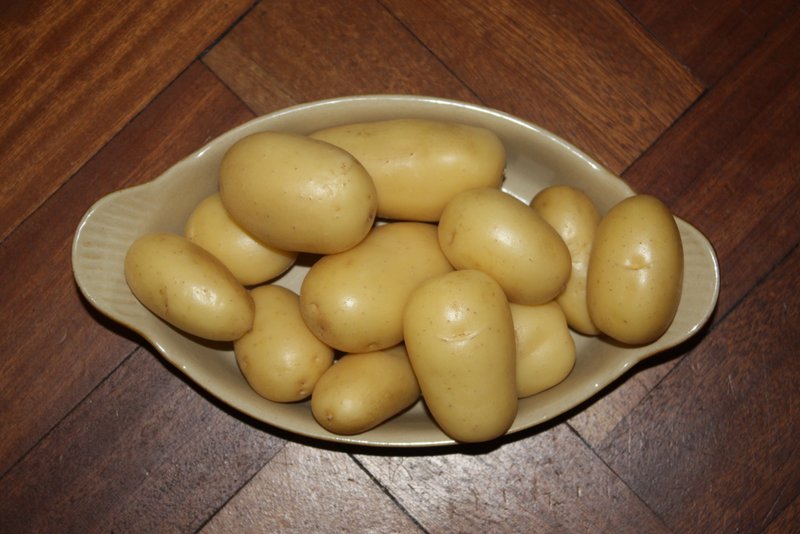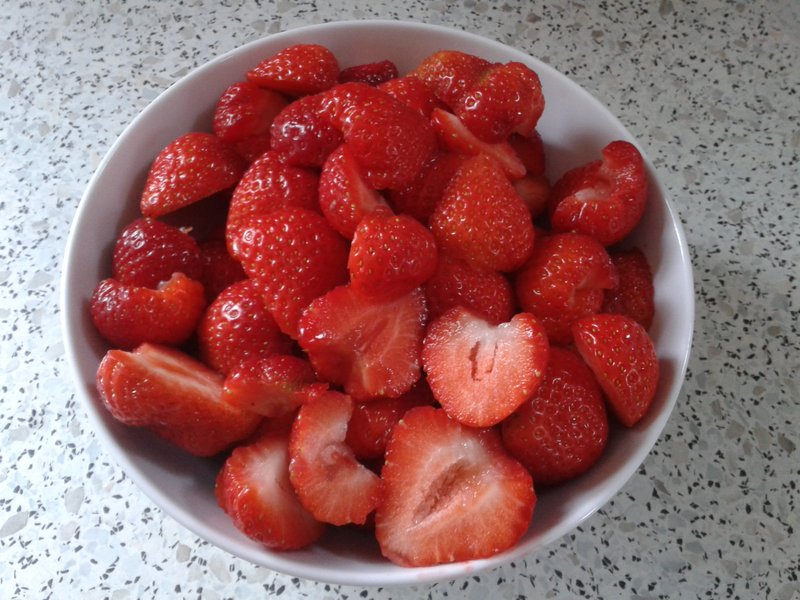With the clocks having gone back and dark descending ever earlier November can seem like a month for gardeners to start hibernating. However, there will be days when it is lovely to get out and time invested now will yield rewards next spring and summer. Generally the soil is still quite warm in November and you can take advantage of this by planting and moving shrubs and perennials and renovating lawns.
Nowadays, container grown plants are available all year round, but bare root plants, including roses become available in November. These are often significantly cheaper and specialist nurseries will offer a wider range of plants than are generally available through garden centres. You can plant both container grown and bare root plants throughout November unless the soil is waterlogged or frozen. Getting plants into the ground as soon as possible will give more time for root development and better displays next year.
Making sure that there is space, and the right conditions, for roots to develop is really important and the RHS website provides a really good guide to shrub planting.
Similarly, if you have a shrub which needs to move to a new home, now is the time to do it. When lifting it, make sure that you retain as much of the root ball as possible and cut back excess top growth to reduce the strain on the roots. Prepare the new planting hole well and use mycorrhizal fungi on the roots. Firm the shrub in and then give it a good soak. Remember to keep it watered throughout next spring and summer.
Even though we say this every year, don’t forget that November is tulip planting time. These later flowering bulbs bring a real sense of opulence to gardens in the later spring. You can of course also keep on planting all the other spring flowering bulbs

